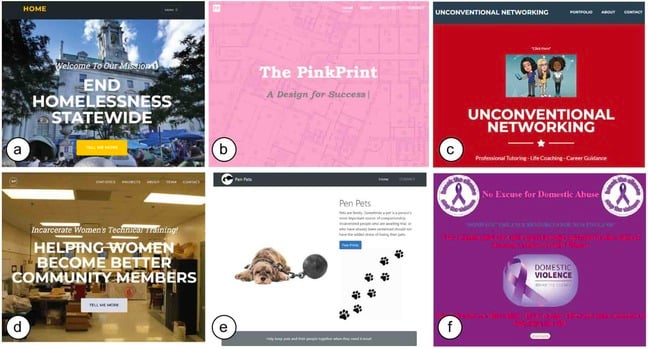Teaching prisoners how to design and program websites turns out to improve their sense of self-worth and provides them with digital literacy skills that help them stay out of prison.
Boffins at MIT CSAIL and University of Massachusetts Lowell report that their Brave Behind Bars program, a 12-week college-accredited web design course for incarcerated individuals, has a demonstrable effect on the self-efficacy of people in prison.
Self-efficacy is a term used in psychology to describe “an individual’s belief in his or her capacity to execute behaviors necessary to produce specific performance attainments.” In less academic terms, it might be described as self-confidence or as the paper puts it, “the belief in one’s ability to execute behaviors necessary to meet a goal.” And it turns out to be correlated with lower recidivism rates.
The US-based researchers – Martin Nisser (MIT CSAIL), Marisa Gaetz (MIT), Andrew Fishberg (MIT), Raechel Soicher (MIT), Faraz Faruqi (MIT CSAIL), Joshua Long (University of Massachusetts, Lowell) – describe their findings in a paper [PDF] titled “From Prisons to Programming: Fostering Self-Efficacy via Virtual Web Design Curricula in Prisons and Jails.”
“Studies show that higher self-efficacy scores are correlated with lower recidivism rates for crimes including driving under the influence (DUI), sex-related crimes, and drug-related crimes,” the paper states, adding that research also shows academic achievement from taking college-level courses improves self-efficacy more for incarcerated students than those not behind bars.
Recidivism – reoffending and being sent back to prison – is one of the reasons the Land of the Free has the highestper capita incarceration rate in the world, according to Nisser, a PhD candidate at MIT CSAIL. “In 2021, 0.7 percent of the US population was in a prison or jail, while over 2 percent of the population was under some form of carceral supervision, including probation or parole,” the paper states.
The US prison population at the end of 2022 was 1,230,100, up two percent from year end 2021, according to the US Bureau of Justice Statistics. That’s roughly the number of people who live in Cyprus.
The MIT and UMass research paper summarizes surveys conducted in 2022 and 2023 to assess the impact of the web design curriculum on the incarcerated.
“Our qualitative study in 2022 involving thematic analyses of post-course surveys from 34 students revealed overwhelmingly positive feedback, with students reporting increased self-confidence, motivation, and a sense of empowerment from learning web programming skills,” said Nisser in a statement. “The themes we uncovered highlighted the powerful effect of the program on students’ self-beliefs.”
The program is taught synchronously and remotely via Zoom at five US correctional facilities. It runs for three months, meeting twice a week for class and once each week for office hours. It’s accredited through three partner institutions: Georgetown University, Benjamin Franklin Institute of Technology, and Washington County Community College.
The first six weeks of the program focused on web fundamentals: HTML, CSS, and JavaScript. During the second six weeks, students worked on their capstone project: building a website.
The web design course was complicated by numerous considerations. It was carried out at low, medium, and high security facilities, among a population with diverse racial and educational backgrounds. And atypically, some of the sessions were mixed gender. Nonetheless, participants generally found the experience empowering.
April Pattavina, a professor at UMass and chair of the School of Criminology and Justice who is not affiliated with Brave Behind Bars, praised the program in a statement.
“By providing incarcerated individuals with an opportunity to develop digital literacy, the Brave Behind Bars program facilitates self-efficacy through a novel education model designed not only to expand access to the internet for individuals but also to teach them the navigation and web design skills needed to connect and engage with the communities to which they will return,” said Pattavina. ®









